Spike in carbon-14 levels indicates a massive cosmic event — but supernovae and solar flares ruled out.
Research and publish the best content.
Get Started for FREE
Sign up with Facebook Sign up with X
I don't have a Facebook or a X account
Already have an account: Login

 Your new post is loading... Your new post is loading...
 Your new post is loading... Your new post is loading...
|
|





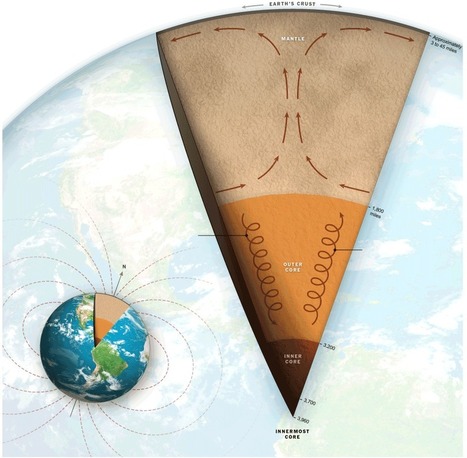
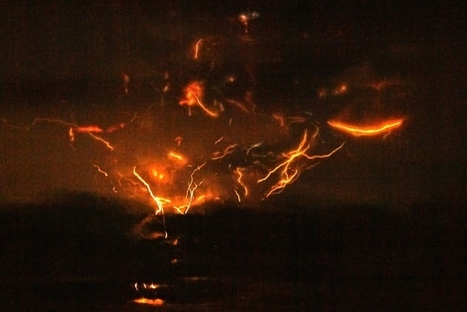



![[INTERACTIVE ANIMATION] Live Wind Map Shows Flow Patterns | Science News | Scoop.it](https://img.scoop.it/RA4ZBITgoTW_ZK5stuwGnDl72eJkfbmt4t8yenImKBVvK0kTmF0xjctABnaLJIm9)
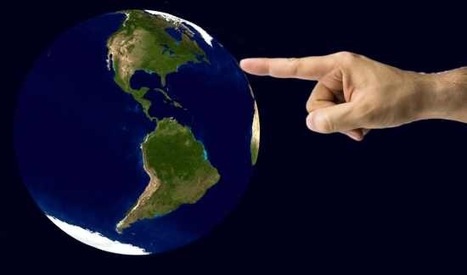
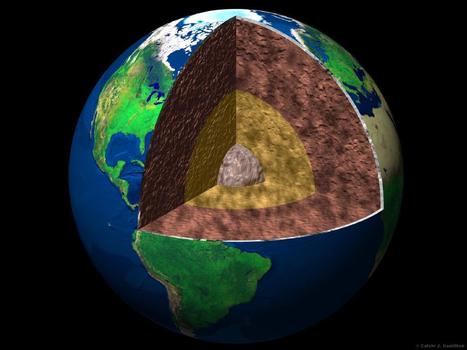



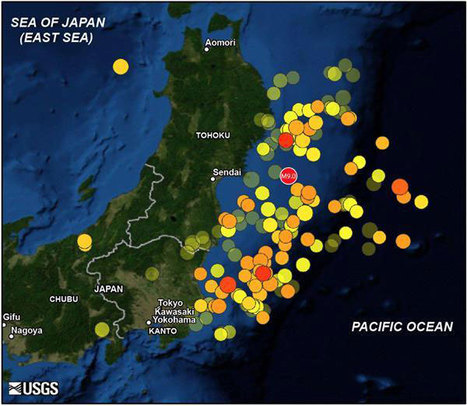
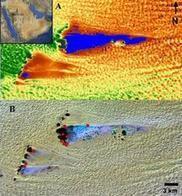
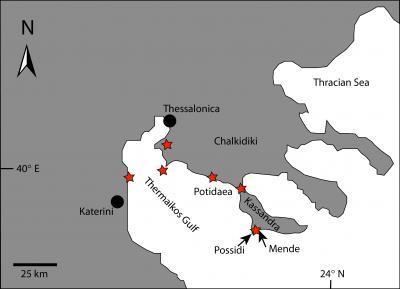
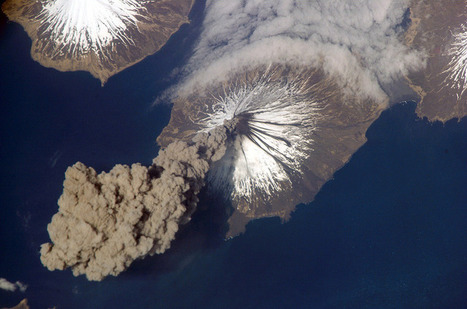

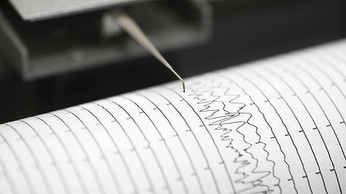

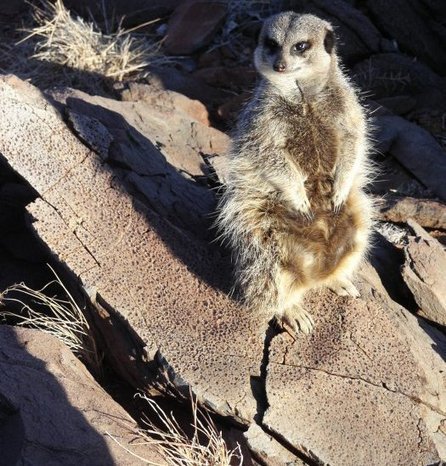
![[VIDEO]-Watch the ocean currents turn the Earth into a living Van Gogh | Science News | Scoop.it](https://img.scoop.it/3CxUROTaeIC3oV6wRBReljl72eJkfbmt4t8yenImKBVvK0kTmF0xjctABnaLJIm9)





